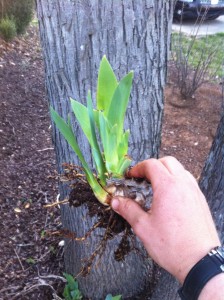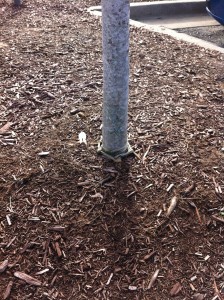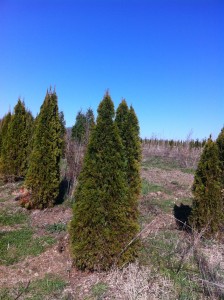Transplanting (moving) Iris is easy. Anyone can do it. Follow these simple steps.
Iris is a classic hardy perennial. It will grow back from the roots each Spring and it blooms in a variety of sophisticated colors. I’ve been moving Iris shoots for over five years. You’re going to get hooked once you see them bloom!
Iris will not bloom in the shade. If you or a previous homeowner planted it on the North side of the house, move it to the western or southern side. Even the east side is better than the North. There isn’t enough sunlight to force the plant to bloom.
Don’t bury the plant in new soil. The Iris should almost rest on the surface. Do not mulch over the crown of the plant. Gently dig a shallow hole and set the plant down, covering any small roots with soil.
There, all done. Wasn’t that easy! What is your favorite color of Iris? (Mine is the burgundy red, bronze with yellow). Let me know in the comments section below.







